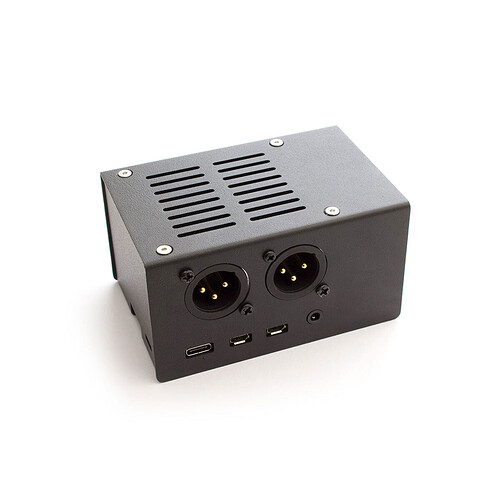If your MacPro has a wired network connection and an SSD for the O/S, it should make a fine Core. Roon Server is the prefered software since it runs in the background and can easily be configured to launch automatically after login. Music also continues to play when you exit the UI, which can be a bit of a memory hog on macOS.
Going USB out of your MacPro into your integrated amp will work, but sound quality will be slightly lower than Audirvana with the same arrangement. If the difference is enough to notice, you can watch my video on how to build a silent VitOS endpoint:
Same sort of thing can be done with RoPieee as well.
I’d suggest installing Roon Bridge on your MBP. If you’re an album listener like me, you can queue up some music and then quit the UI. Roon Bridge run in the background and handles streaming from Core to your Cobalt DAC. Some find that sound quality is a little nicer this way too.
I’m not currently a vinyl listener, but I’m looking forward to Roon adding support for input zones so that vinyl playback becomes possible with Roon. Some folks (in the Tinkering section of the community) have this working already.
If I decide to add vinyl back to my system, I’ll make archival recordings of my records…high-rez files with no RIAA equalization. Just what’s in the grooves, CHANNEL D Pure Vinyl style. I’ll then explore using Roon’s convolution engine to apply RIAA eq during playback. I think that would be pretty cool, but for it to work, we need a way to associate a DSP preset with a tag. Probably something that will be part of a future release. ![]()
The Roon Remote app can function as an Output. Bit-perfect playback is possible under iOS, so you may be in luck there. A Raspberry Pi with a DAC HAT may be a more convenient solution at some point since it doesn’t need charging. ![]()
I have a pair of JBL 305P powered monitors that are connected via 2m XLR cables to this little endpoint:
This is a simple Ethernet in, balanced analog audio out device that runs Roon Bridge. Sounds great and is probably the most used Roon Output in our house. I believe this is the same DAC chip that’s used in the Bluesound Node 2i, but this is (IMHO) a better implementation…plus you have the possibility of using balanced outputs.
I hope this gives you a few more ideas on how to proceed with integrating Roon with your various systems. Don’t forget to have fun with it. Get the remote app installed on everyone’s phones and tablets in your house and create profiles for them so that they can join in the fun. Cheers.

